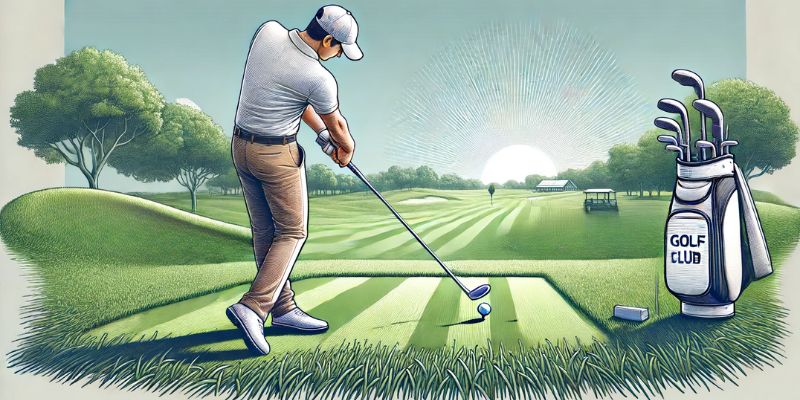Understanding the pivotal role of gap wedges in short game strategy can transform your approach on the greens, offering a nuanced tool that bridges the distance gap between your sand wedge and pitching wedge.
Perfecting the use of this club is essential for both amateur and professional golfers looking to improve their precision and versatility around the green.
Role in Golf Strategy
Gap wedges in short game play are indispensable for their ability to produce higher and shorter trajectories compared to other wedges, making them ideal for specific situations where precision is crucial.
For instance, when you’re too close to use a pitching wedge but need more loft than a sand wedge provides, the gap wedge comes into its own.
It’s designed to fill in these critical gaps, offering a blend of control and finesse that can significantly lower your scores.
Strategically, a gap wedge is used to hit shots that require stopping quickly on the green from distances that might otherwise be awkward with other clubs.
Its unique loft provides the ability to hit these high-accuracy shots, which is why understanding the importance of gap wedges in short game scenarios becomes a game-changer for players aiming to enhance their performance on the course.
Short Game Tips
To maximize the effectiveness of gap wedges in short game play, focus on mastering the technique of swing.
Since gap wedges typically have a loft between 50 to 52 degrees, they require a slightly different approach than more lofted or less lofted clubs.
Practice hitting with a square stance and a neutral hand position, which promotes cleaner contact and more consistent flight and spin.
Work on varying your shot distances with the gap wedge by adjusting your swing length and speed.
This versatility makes the gap wedge a valuable asset in tricky situations, such as when you’re just off the green but need to navigate over hazards or challenging lies.
Equipment Choices
Choosing the right gap wedge is crucial and should be tailored to your specific playing style and the typical courses you encounter.
Consider factors like bounce and grind, which affect how the club interacts with the ground during the shot.
A higher bounce angle can help prevent the club from digging into softer turf, while a lower bounce is preferable for firmer conditions.
When selecting a gap wedge, ensure it seamlessly fits into your existing set in terms of distance gaps and feel.
Many players overlook the importance of gap wedges in short game enhancements, often sticking with generic options that may not be optimized for their game.
By integrating a gap wedge into your bag and using it effectively, you can enhance your performance significantly in short game situations, making this often-overlooked club a critical component of your golf strategy.
What is the ideal distance for using a gap wedge?
The ideal distance for a gap wedge can range from 50 to 110 yards, depending on the golfer’s skill and strength.
Why is a gap wedge important in golf?
A gap wedge is important because it fills the distance gap between sand and pitching wedges, allowing for more precise short game shots that other clubs might not handle as effectively.
How do I choose the right gap wedge?
Choose a gap wedge based on the loft that best fits the distance gaps in your club set. Also, consider the bounce and grind options that best suit the typical course conditions you play.

